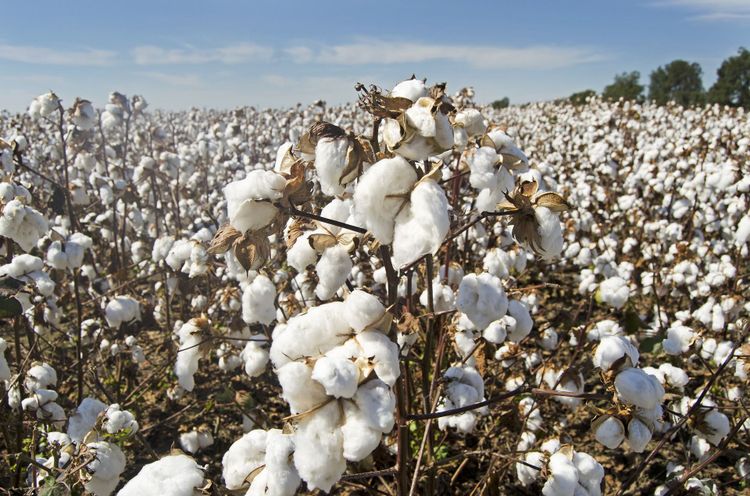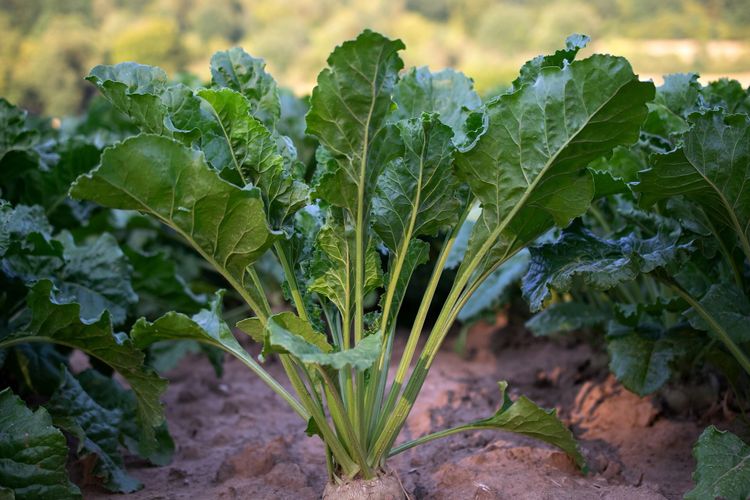Asian Agriculture’s Growing Water Challenge
Global water demand grew twice as fast as the world’s population in the 20th century, and demand could increase by another 50 percent by 2030 if measures aren’t taken to reduce waste, according to the UN’s Food and Agriculture Organization. Water availability is a crucial problem that has been worsening over the past 50 years. Many different regions have been impacted, but none face more of a shortfall than Asia.
According to the World Bank, available freshwater per capita in China is 2.1 liters per person, available freshwater in India is 1.1 liters per capita, and available freshwater in Pakistan is just 0.3 liters per person. In each of these countries, water availability levels have fallen by at least half over the past 50 years. To put this data in context, available freshwater per capita in the United States is estimated at 8.8 liters per person. Therefore, as supplies of such a vital resource become scarcer, it is not surprising to see reports of rising tensions in the region, even threatening to breach the decades-old Indus Waters Treaty between India and Pakistan.

Along with soaring population growth, extremely inefficient farming practices have played a major role in the decline of water availability in Asia. According to the World Bank, agriculture accounts for over 90 percent of freshwater withdrawals in Pakistan and India. China is slightly more efficient, as agriculture accounts for 64 percent of total freshwater use. Again, these compare very unfavorably to the United States, where agriculture use accounts for 36 percent of freshwater withdrawals.
Several long-term factors have contributed to the relative inefficiency of Asian farming. First, overuse of dams for hydroelectric power has led to a reduction in nutrient content for downstream farmers who irrigate with river water. In addition, depletion of aquifers by excessive water pumping has led to increased costs and created an unsustainable future for the industry. Finally, the planting of highly water-intensive crops, including rice, cotton, and sugar. In the future, production of these crops could be most at risk if governments decide to prioritize water for human consumption over agriculture.
NOTICE: Due to ongoing uncertainty around US government funding, Gro Intelligence will continue to offer free subscriptions to the Gro data platform, providing market participants with much of the data that was unavailable from government websites and databases. Interested users can go to www.gro-intelligence.com/USGovShutdown to access and download all of the data they need until long-term funding is restored.
 Insight
InsightTexas Cotton Prospects Wither as Extreme Heat Continues
 Insight
InsightUS Cotton Planted Acres to Shrink, Unseated by Corn, Gro’s Model Forecasts
 Blog
BlogGro’s 2023 US Planting Intentions Forecasts Are Coming In, Heavily Favoring Corn
 Insight
Insight

 Search
Search